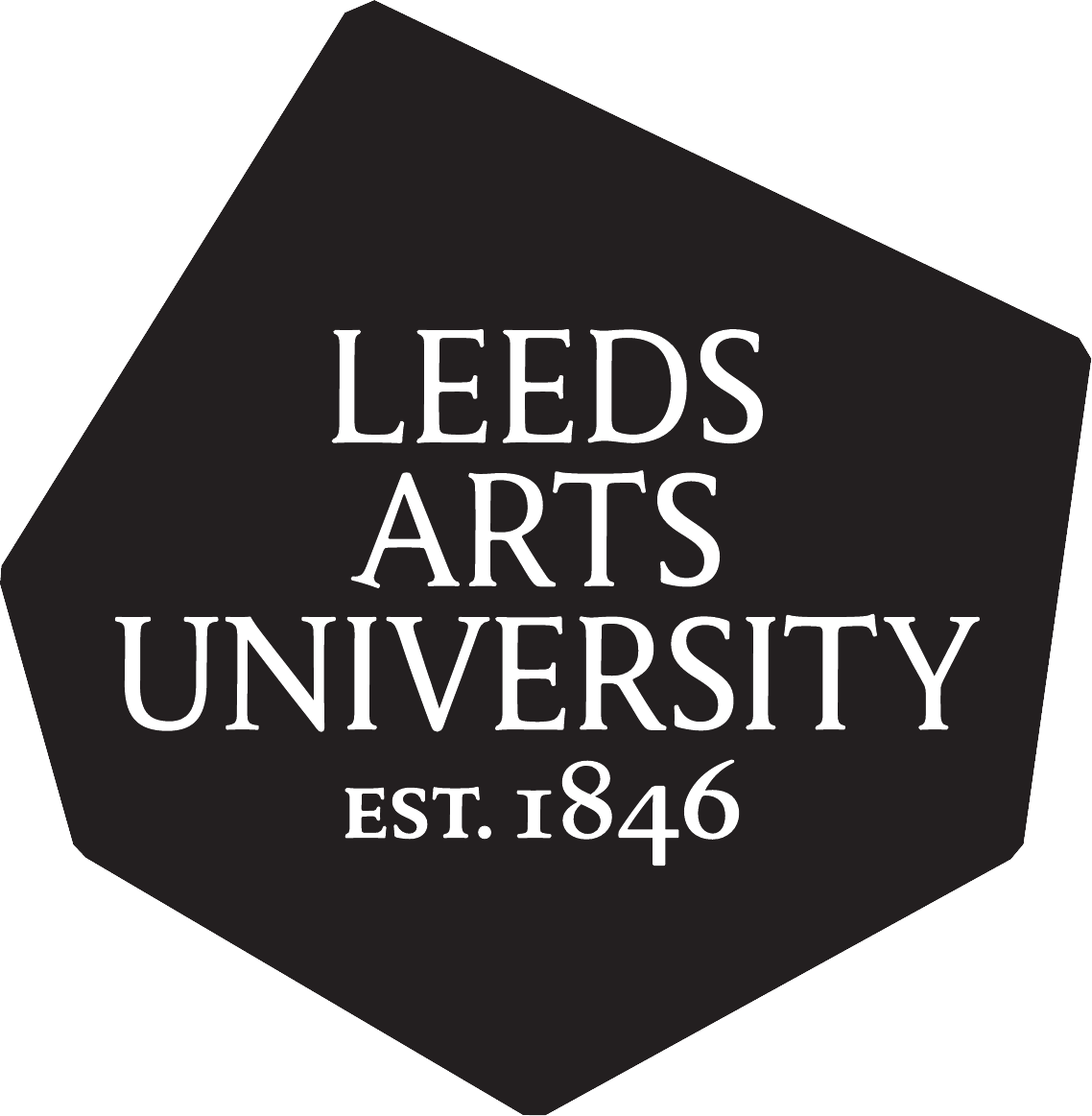Rhino
Dobson, Charlotte 
Abstract
This output is a look development piece accompanied by tutorial videos demonstrating how the final concept was created. Its primary purpose is to suggest a workflow between industry-standard programs; Zbrush and Photoshop. It also demonstrates what is achievable without the need for thorough, in-depth knowledge of either programme, making the process accessible to Concept Art students in the beginnings of their academic career. Research process: A versatile technique that has emerged out of the need for rapid concept art turn around is the use of 3D. Concept art is still a relatively new field within the creative industries. With the original concept art professionals coming from a wide range of backgrounds, it is only within the past few years that we see undergraduate courses emerging that specialise specifically in Concept Art Research insights: Still within its infancy is the inclusion of 3D taught within Concept Art. It is becoming more prevalent that professional studios want concept artists who are capable of working in 3D software and so the need for it to be injected into the curriculum is imperative. Industry-standard programs such as Zbrush provide a flexible way of working and can be used at varying degrees to speed up or enhance a concept artist’s workflow. Dissemination: The output was disseminated online via Artstation and Vimeo.
Actions (login required)
 |
Edit Item |


![[img]](https://lau.repository.guildhe.ac.uk/style/images/fileicons/video.png)